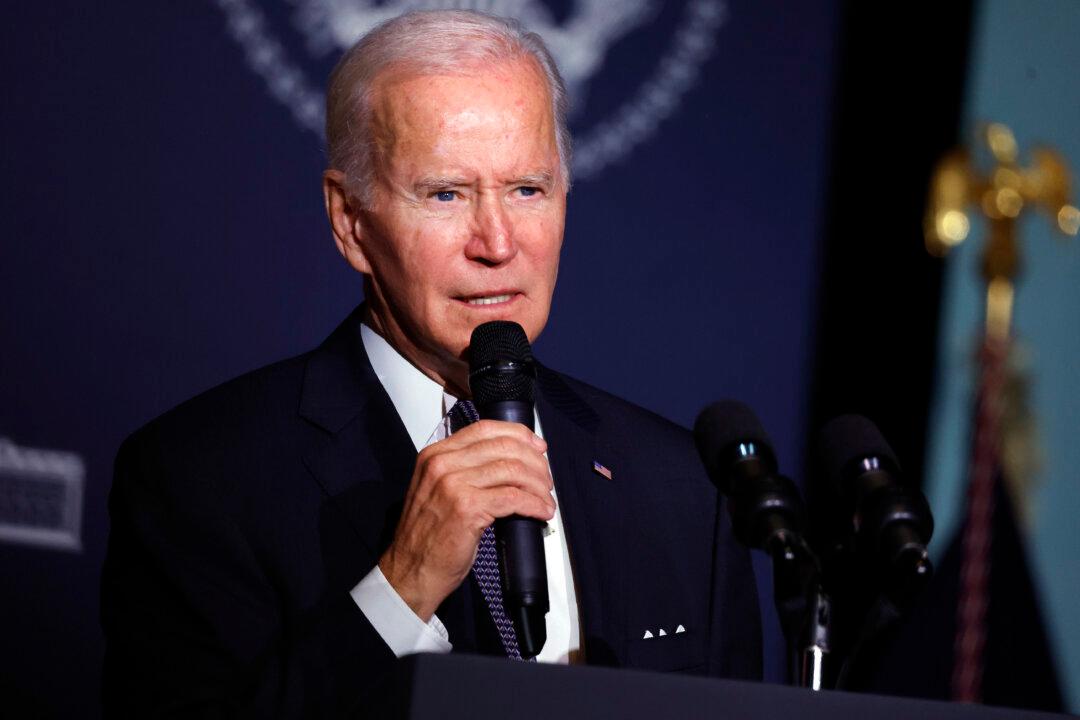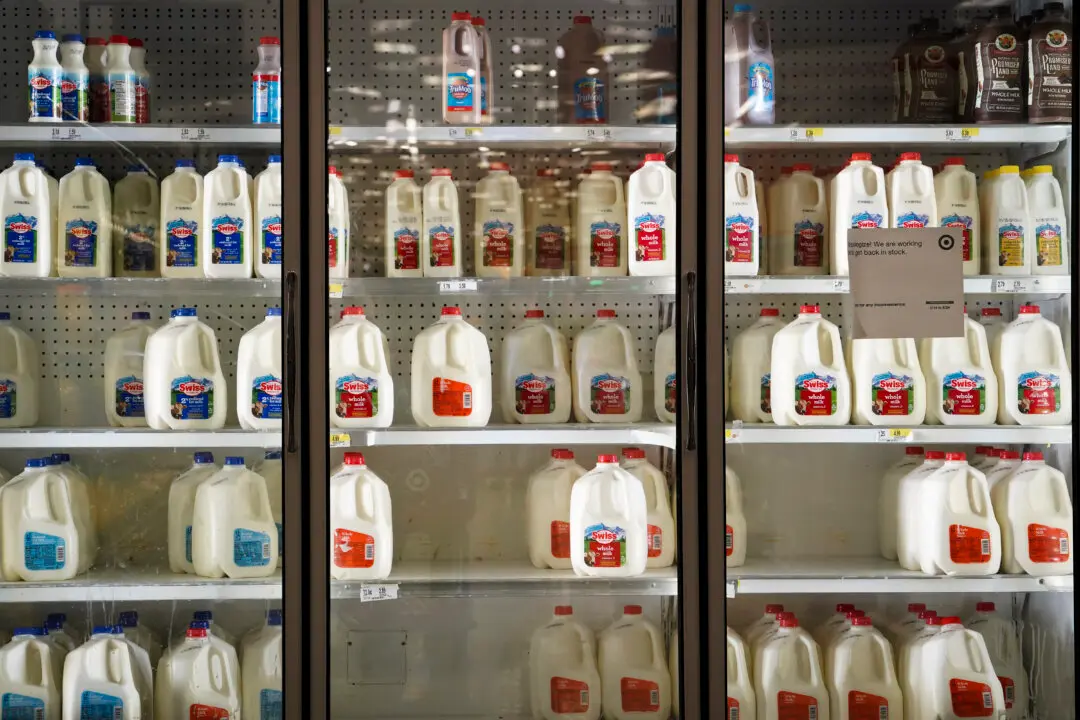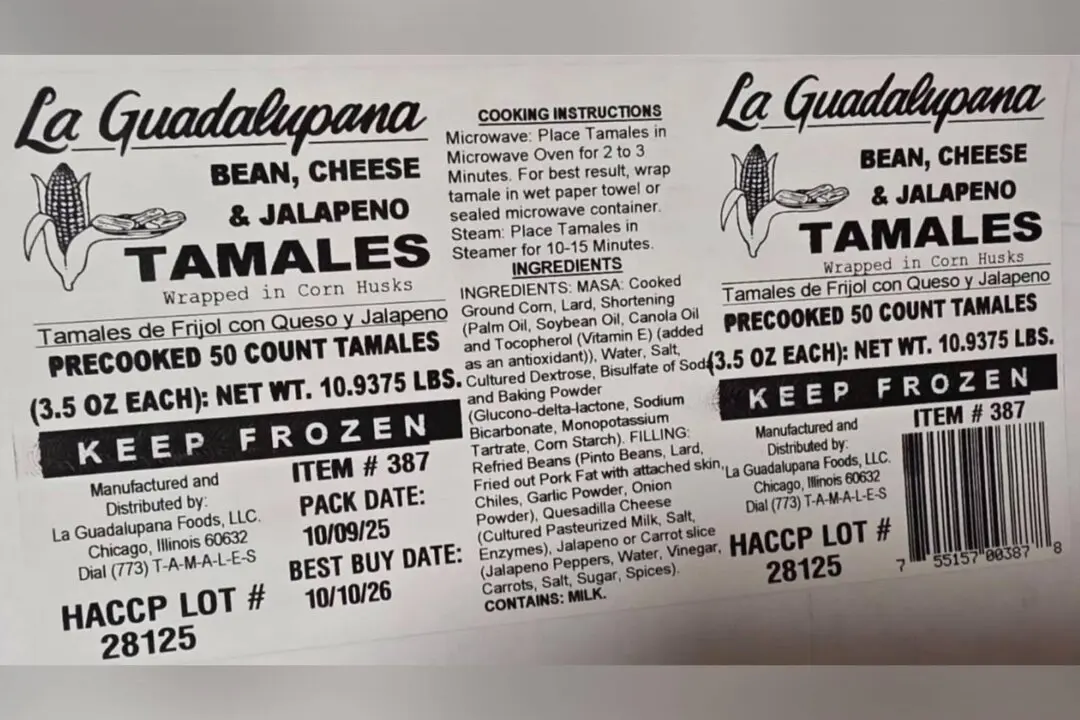The Department of Education has started the process of enrolling student loan borrowers into its Saving on a Valuable Education (SAVE) plan, just weeks after the U.S. Supreme Court quashed the Biden administration’s attempt to forgive billions of dollars in student loans.
SAVE is an Income-Driven Repayment (IDR) plan.





